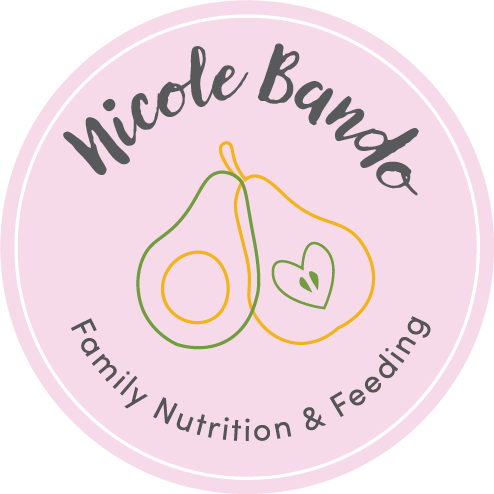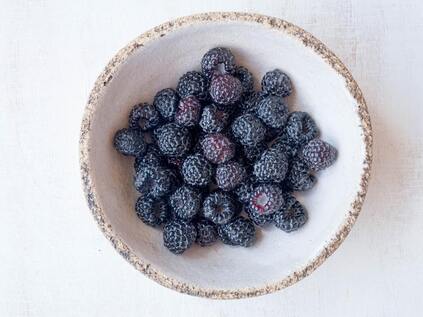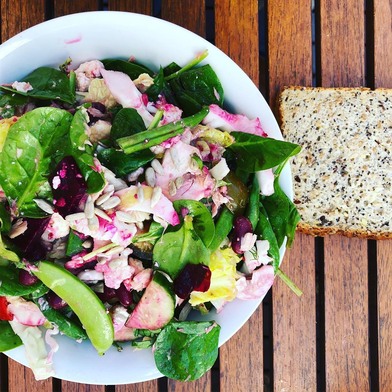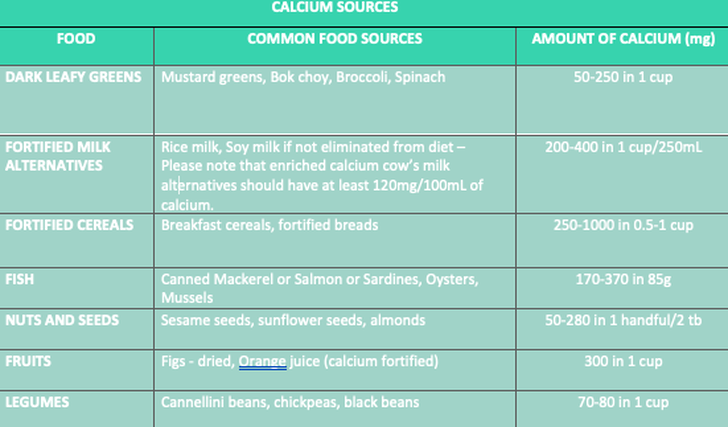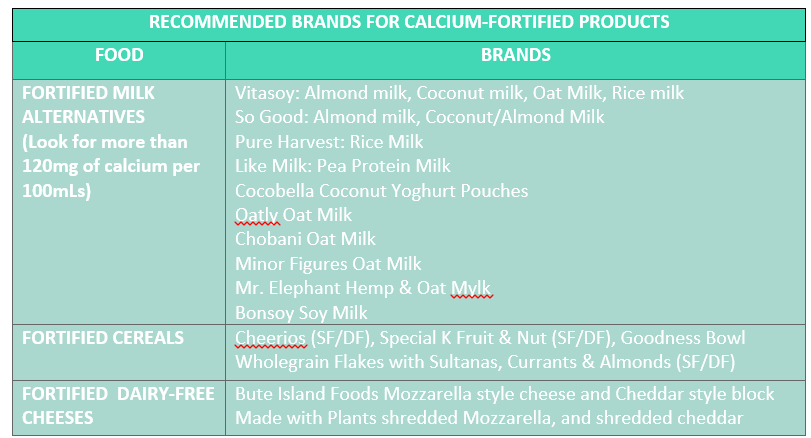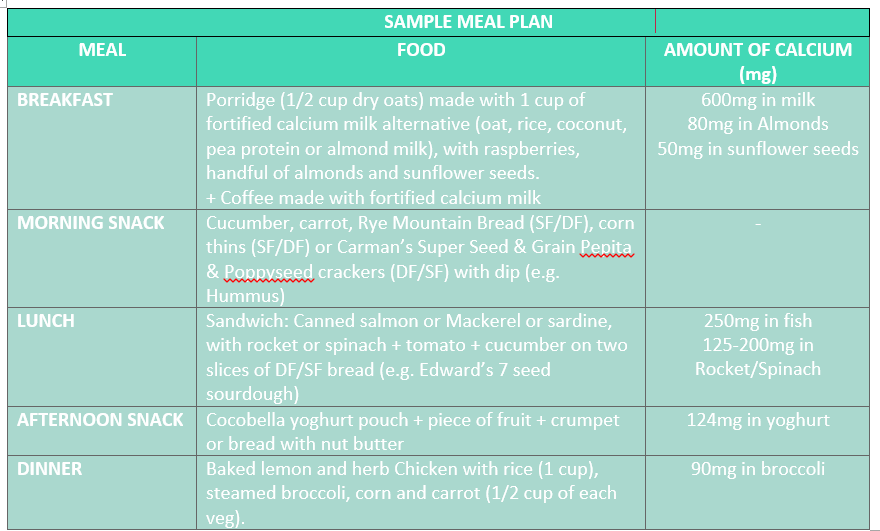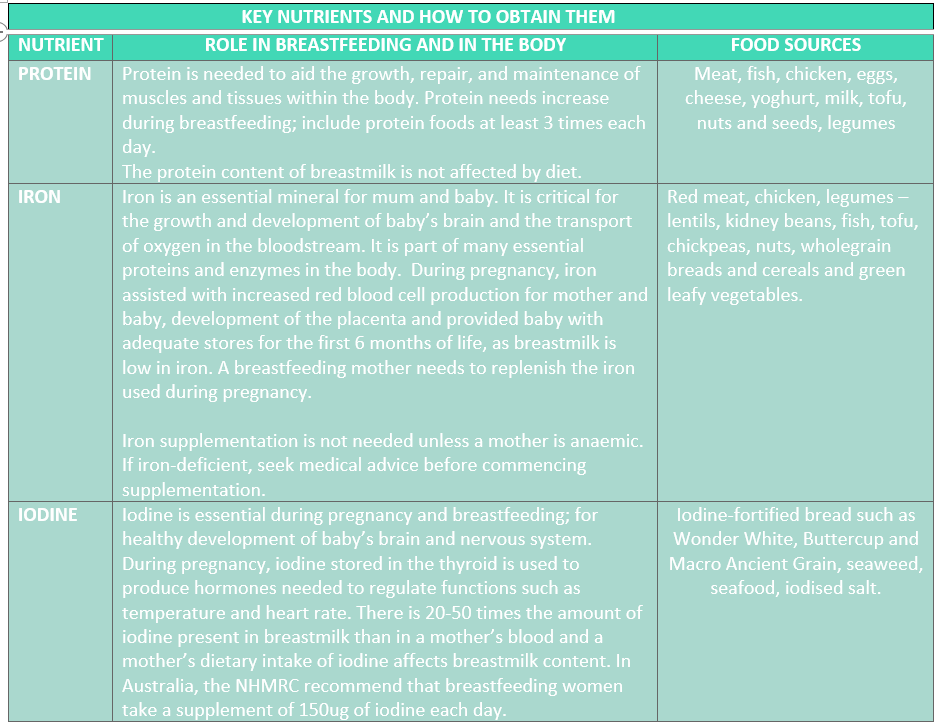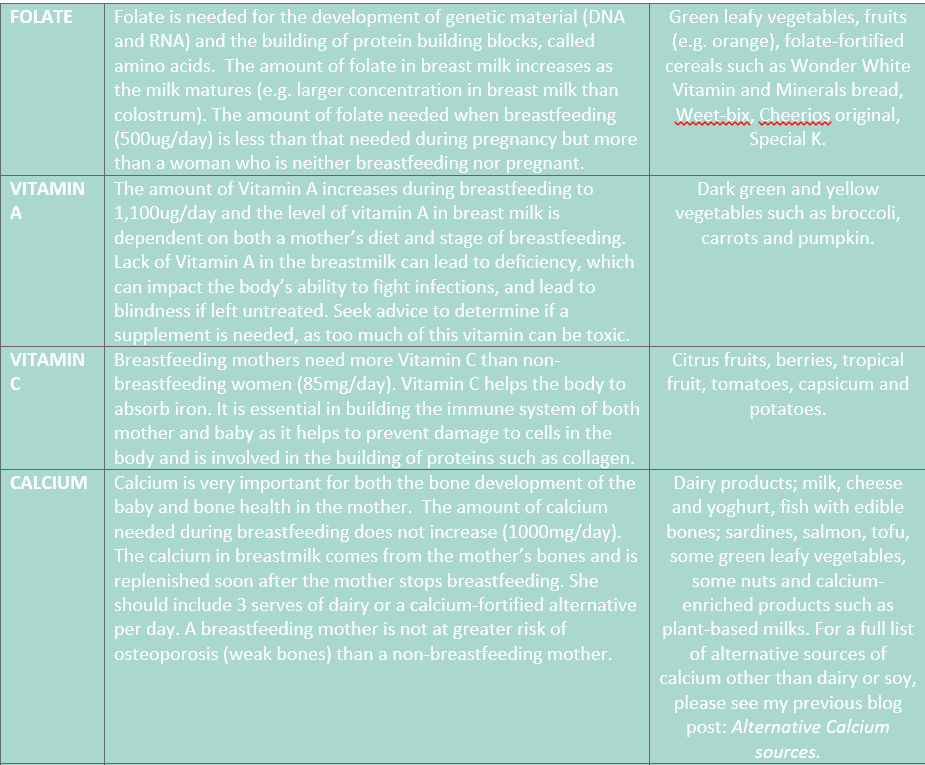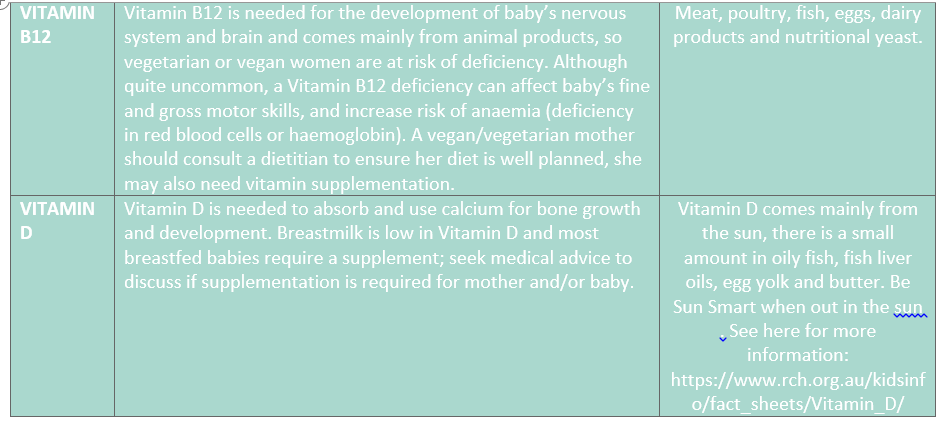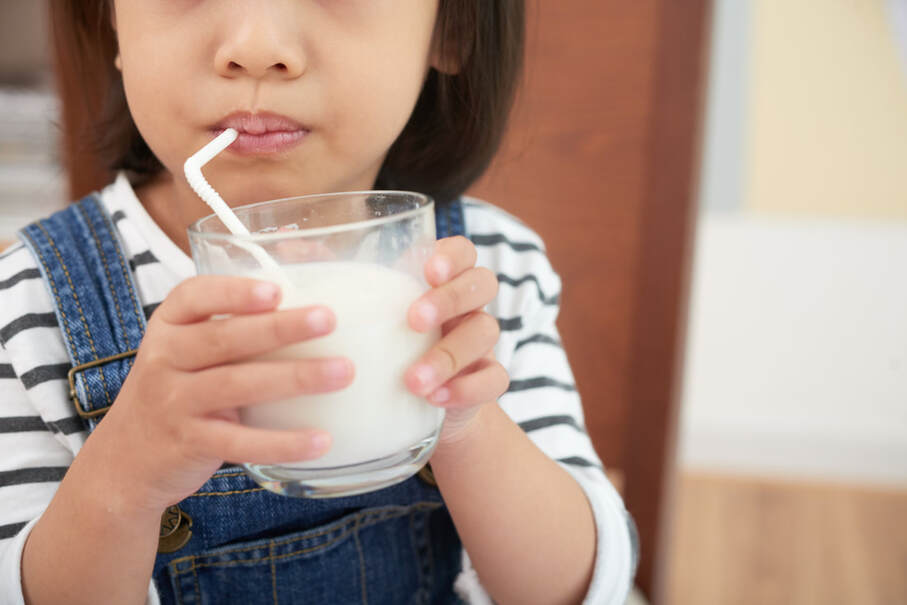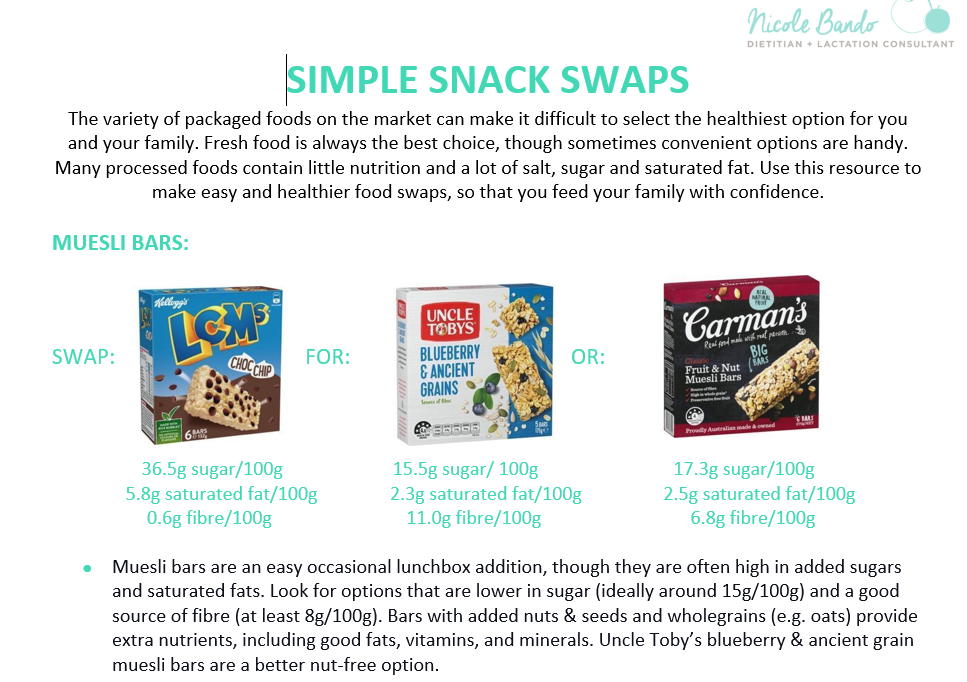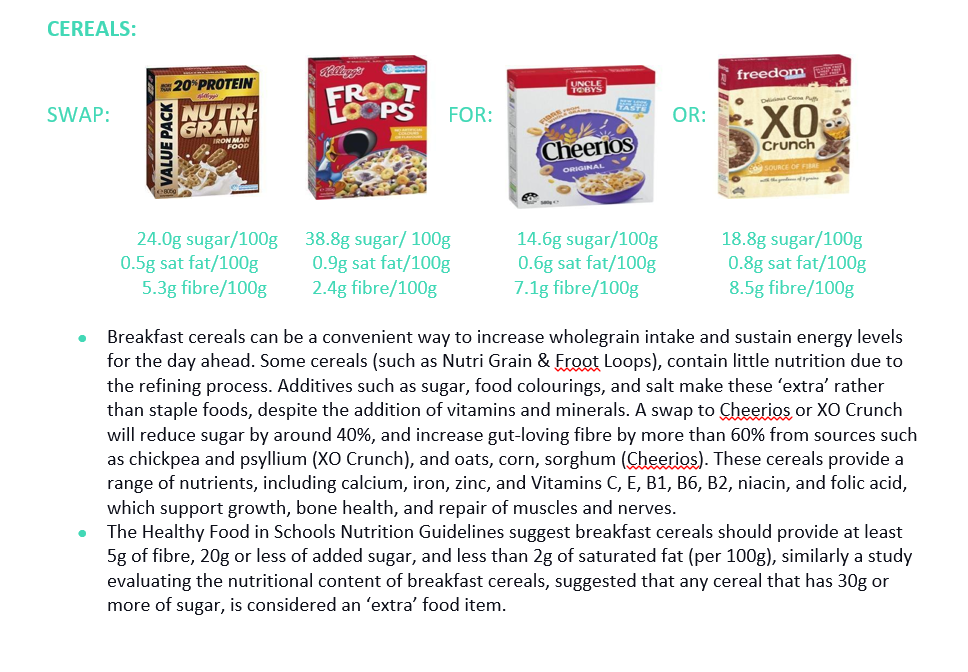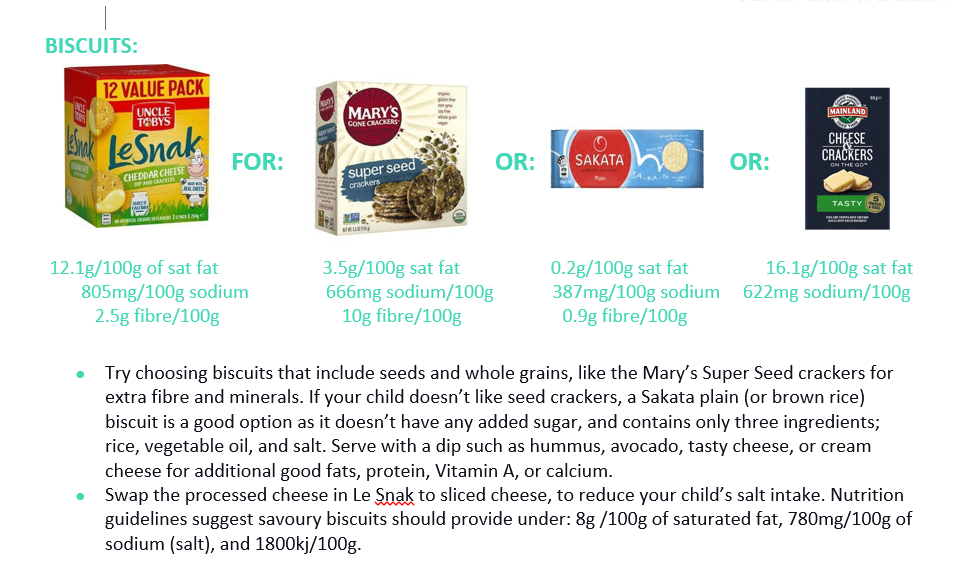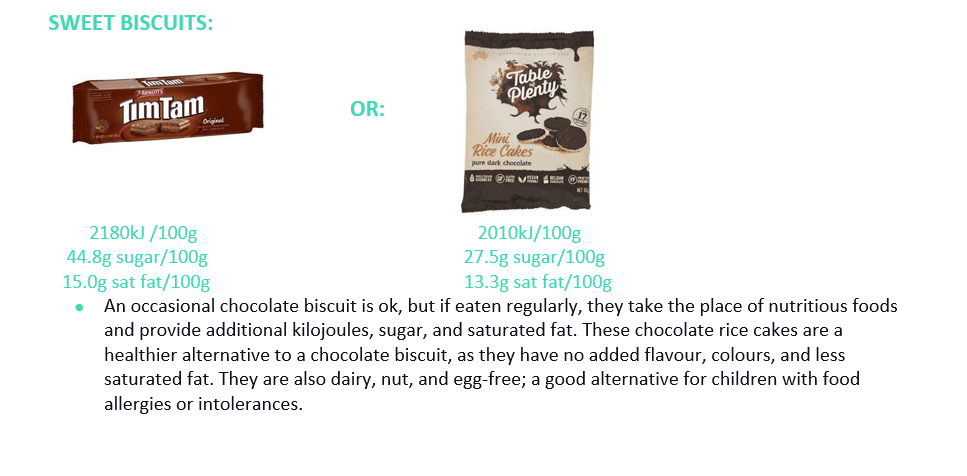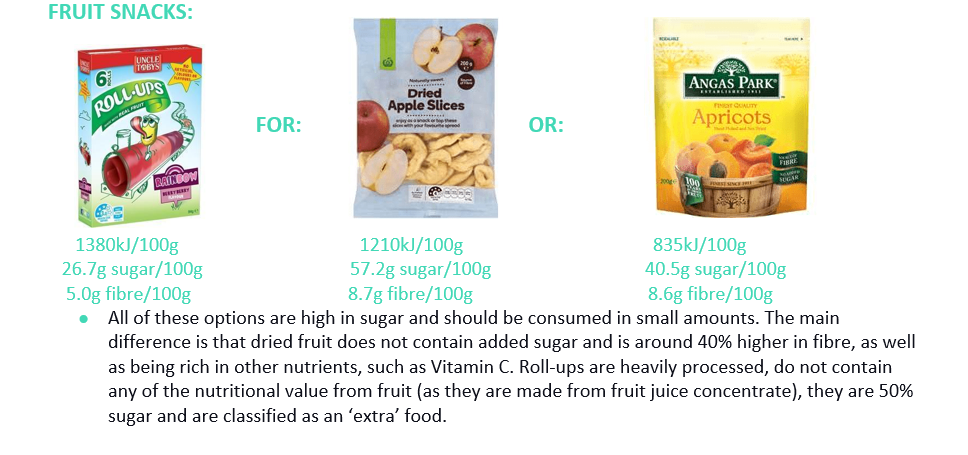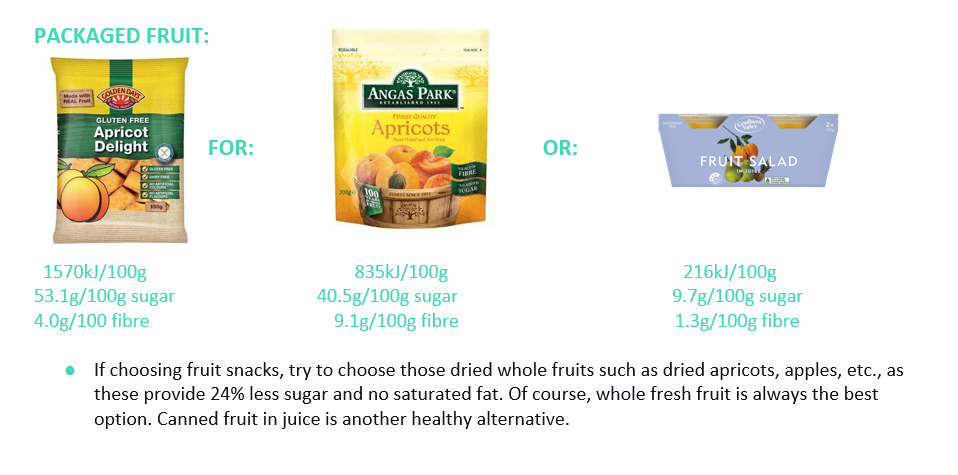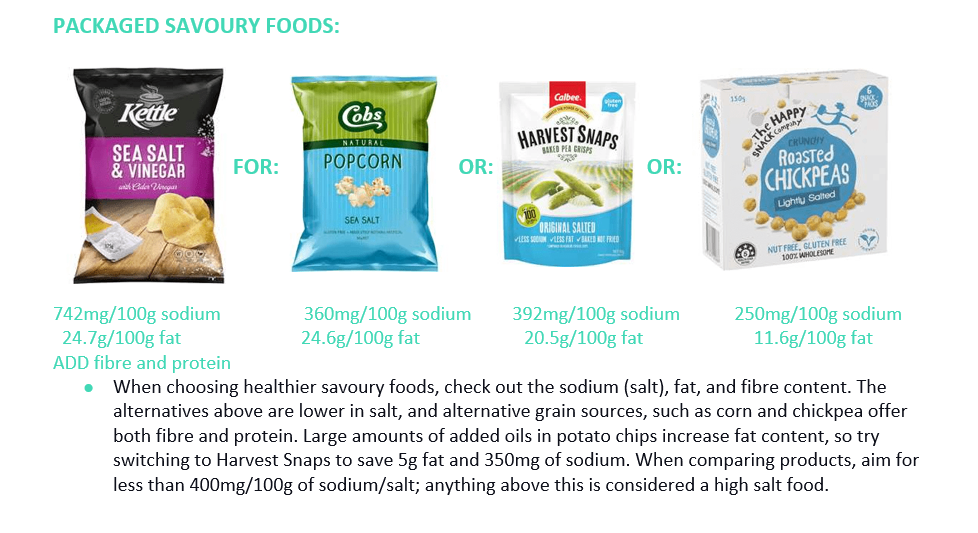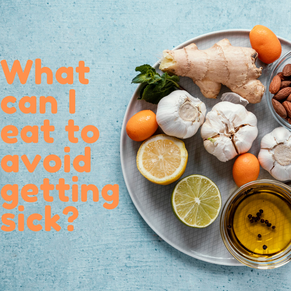
A well-balanced diet with a variety of plant foods can help to ensure your immune system is functioning properly. If a diet is nutritious, there may be no need for dietary supplements.
The three nutrients important to maintain a healthy immune system is zinc, vitamin C and vitamin D. Zinc can be found in food sources such as lean meat, fish, nuts, seeds, and legumes. Vitamin C is found in oranges, strawberries, tomatoes, broccoli, and kiwi fruit and Vitamin D is gained from the sun, eggs, liver, and oily fish. Other nutrients of importance are selenium, iron, and protein. Check out my latest blog posts on Zinc and Vitamin C for more information.
A hearty, nutritious soup such as chicken soup with large amounts of vegetables or a red lentil soup, or a pumpkin soup may help increase your immunity and help with relieving some of the symptoms of a common cold. The anti-inflammatory properties of whole ingredients, including vegetables, may reduce symptoms associated with upper respiratory tract infections. Please see my latest blog posts, for hearty, nutritious, and tasty soup recipes.
Fermented foods promote the growth of good bugs in our gut, which help with immunity and digestion. Examples of fermented foods to include in your diet are sauerkraut, kombucha (if less than 5g of sugar per 100g), and kefir.
To protect your immune system, it is recommended to reduce those foods that provide a limited amount of nutrients, such as ultra-processed foods high in saturated and trans-fat, high sugar foods, and excess alcohol. Social distancing, mask wearing, hand washing & staying home if you have symptoms are all first line defences against illness.
SM post 1: What do I eat to improve my immunity this flu season?
A well-balanced diet with a variety of plant foods can help to ensure your immune system is functioning properly. If a diet is nutritious, there may be no need for dietary supplements.
The three nutrients important to maintain a healthy immune system is zinc, vitamin C and vitamin D. Try out hearty soups full of vegetables and fermented foods this flu season to improve your immunity!
SM post 2: What foods potentially affect my immunity?
To protect your immune system, it is recommended to reduce those foods that provide a limited amount of nutrients, such as ultra-processed foods high in saturated and trans-fat, high sugar foods, and excess alcohol. Try swapping some of these foods in your diet for foods from the five core food groups, especially vegetables to improve your immunity. Are you eating a rainbow of fresh food? Social distancing, mask wearing, hand washing & staying home if you have symptoms are all first line defences against illness
References:
Nutrition Fact Sheet. Food and your immune system. Baker Heart and Diabetes Institute. Available from: https://baker.edu.au/-/media/documents/fact-sheets/baker-institute_food-your-immune-system.pdf. Accessed on 26 June 2022.
TH. Chan. The Nutrition Source. 2020. Nutrition and Immunity [online]. Harvard, School of Public Health. Available at h https://www.hsph.harvard.edu/nutritionsource/zinc/ [accessed 26 June 2022].
